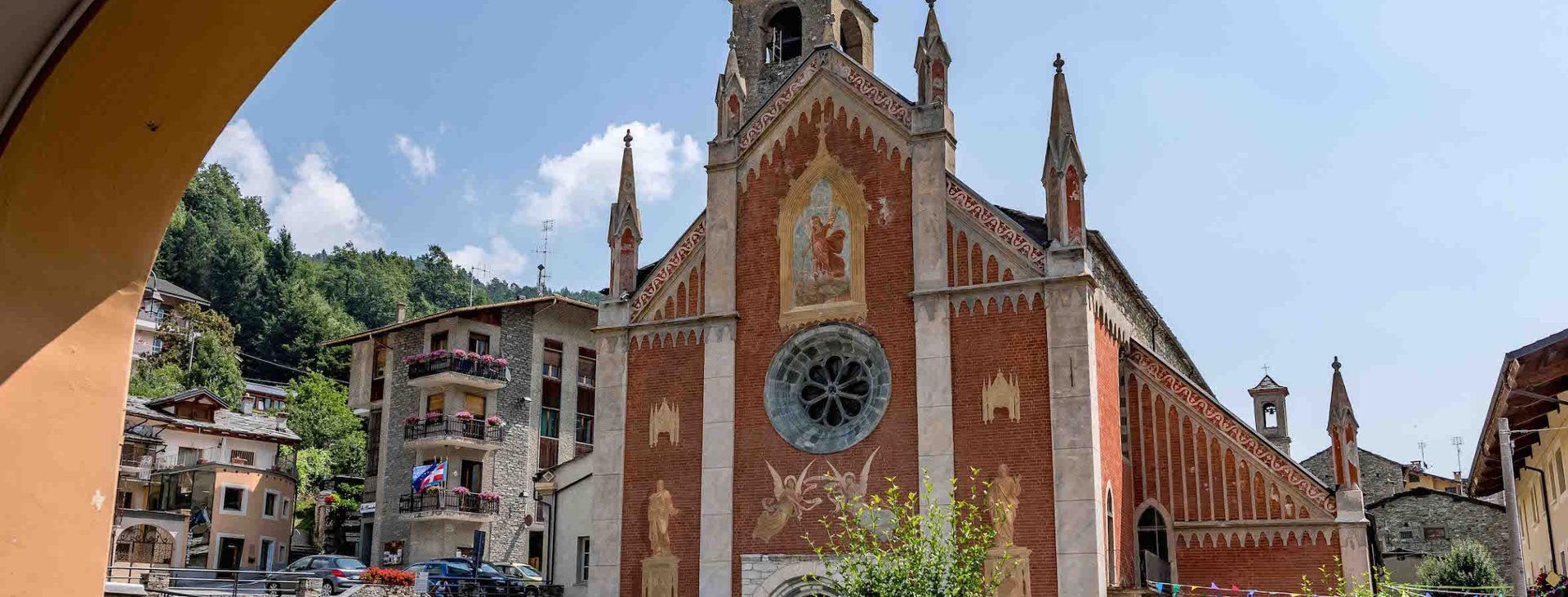
SAMPEYRE, VALLE VARAITA
- Home
- The Territory, our home - Visit Cuneese
- SAMPEYRE: SLOW TOURISM AND ANCIENT HISTORY
SAMPEYRE: SLOW TOURISM AND ANCIENT HISTORY
A summer and winter tourist resort in the Valle Varaita, Sampeyre is characterized by its slow, family-oriented tourism. The town keeps several popular traditions alive, such as the Baìo, one of the most important folkloristic events in the Alpine world.
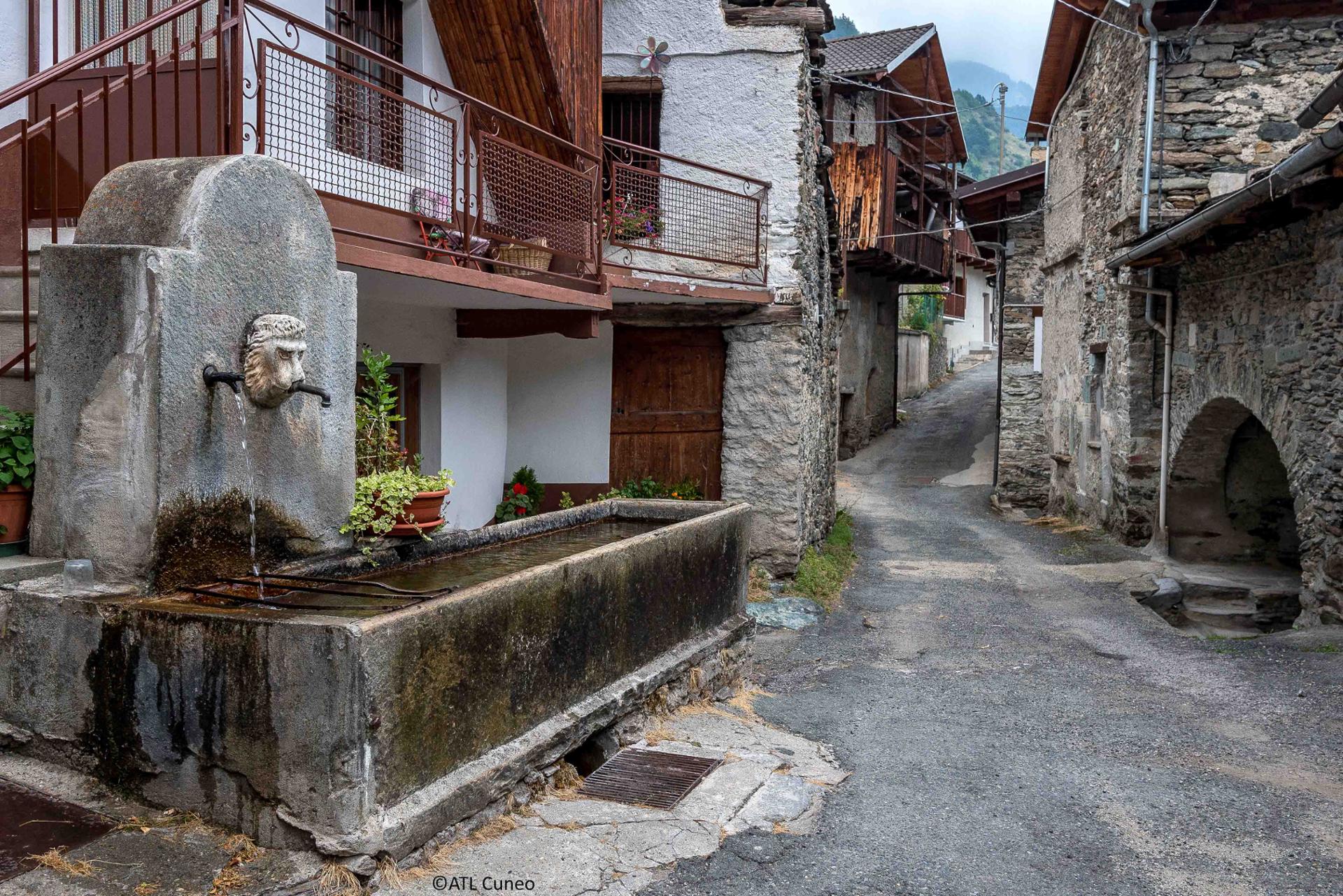
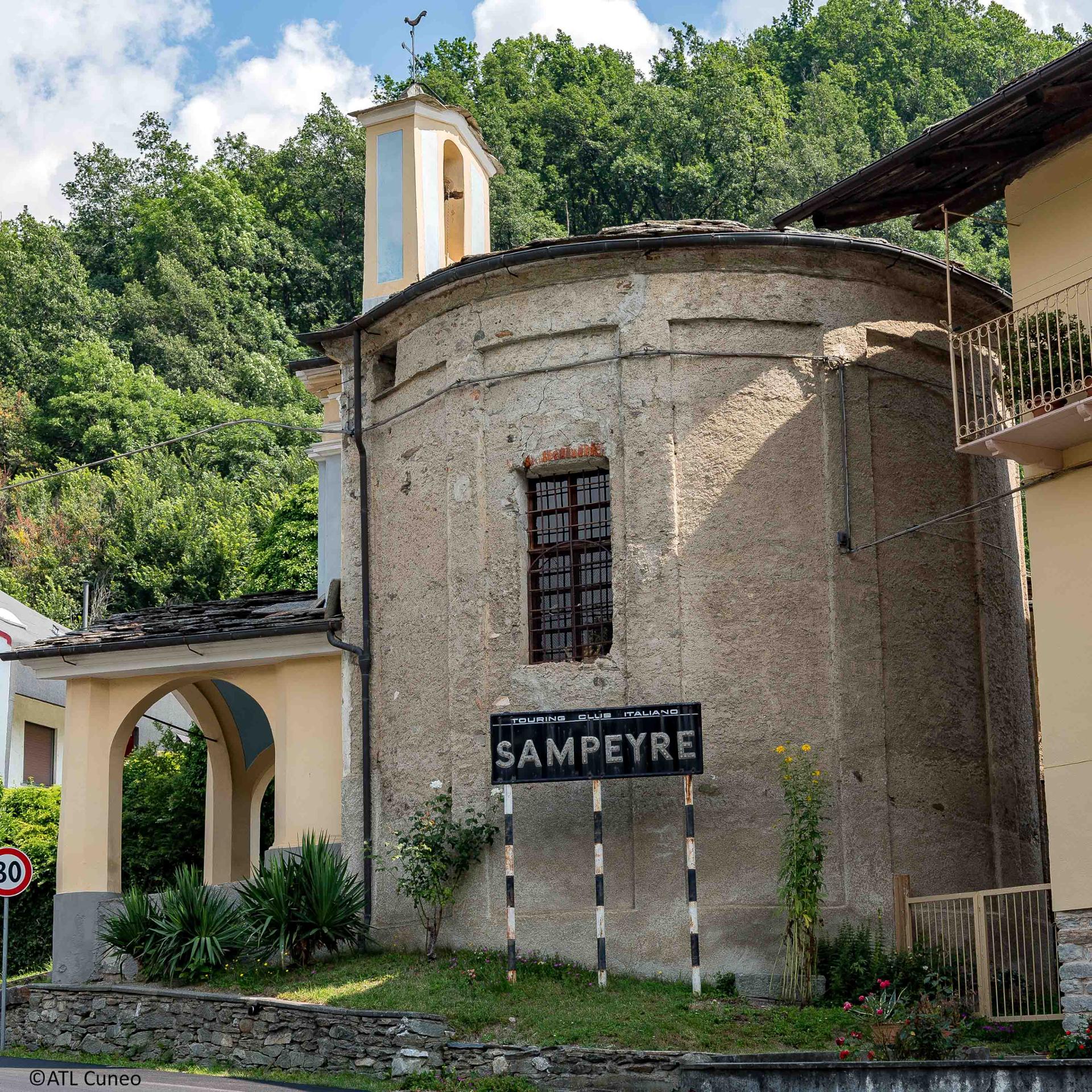
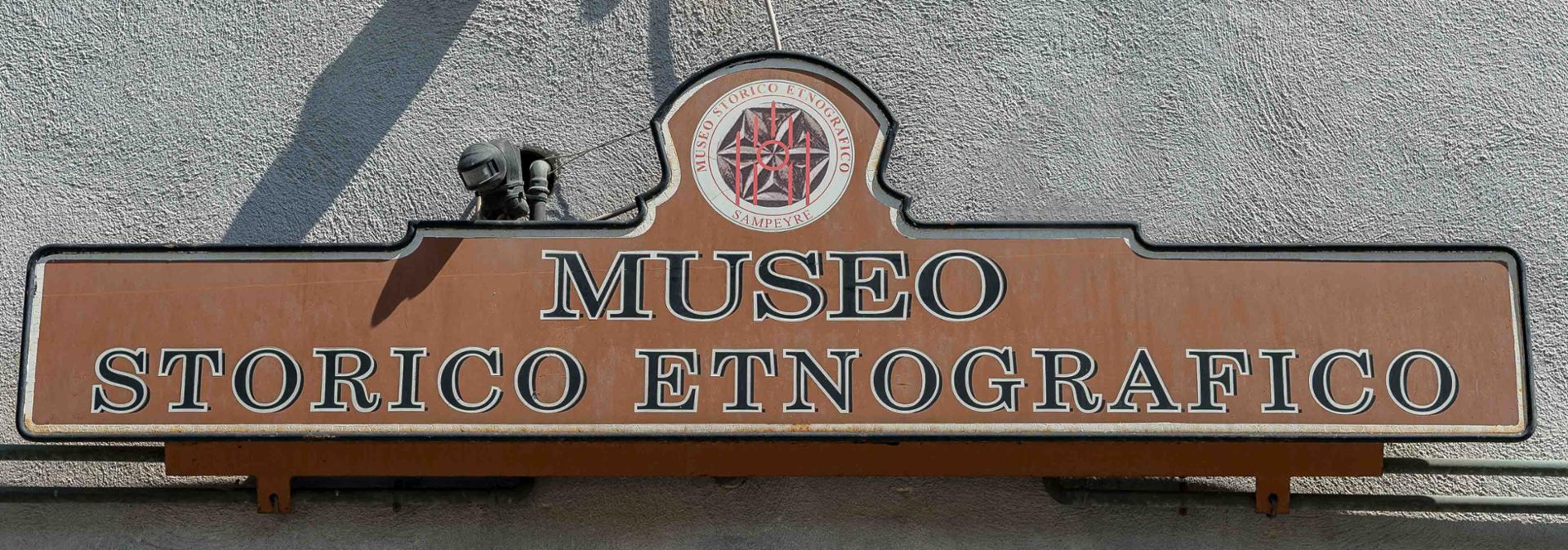
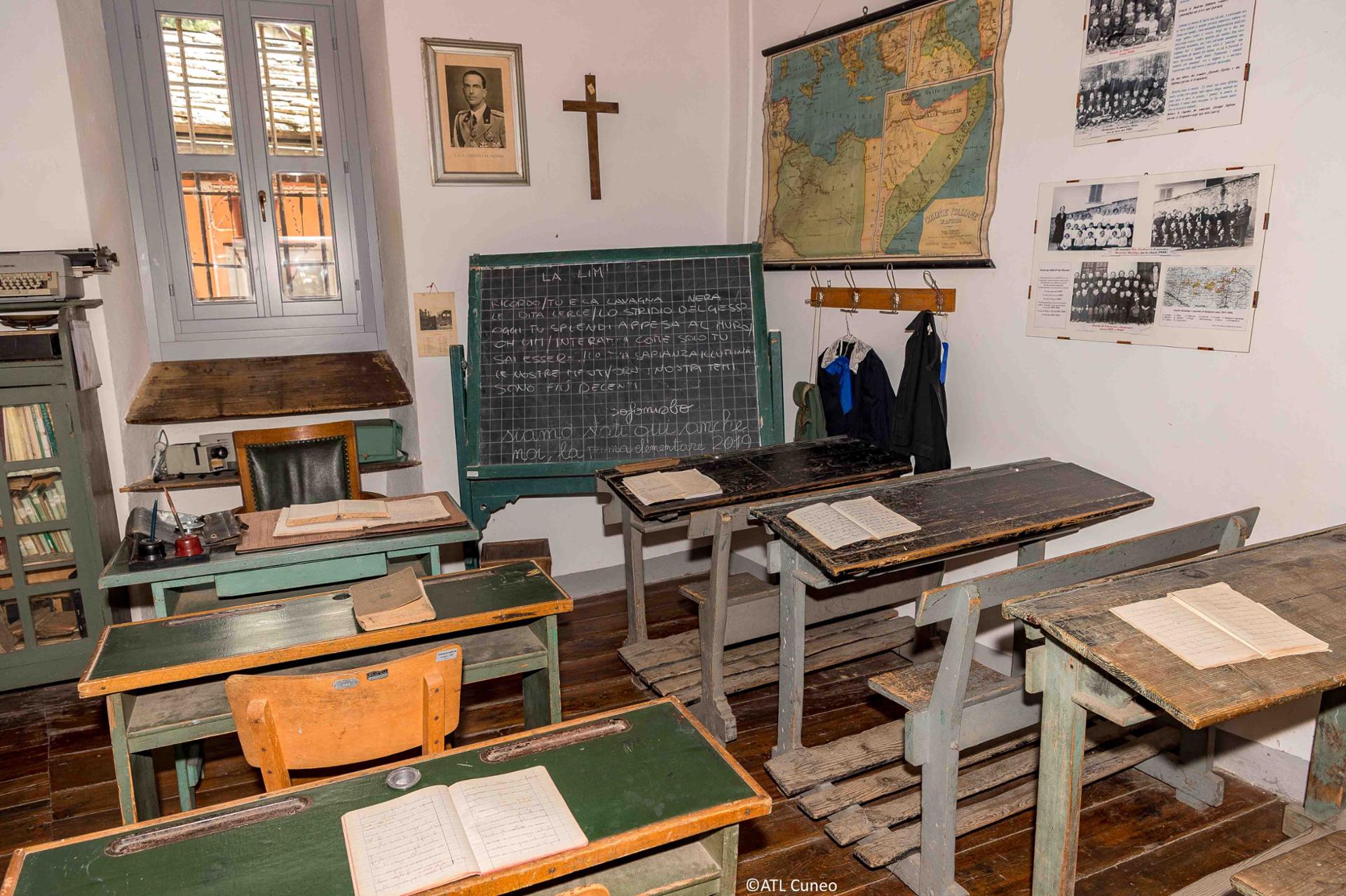
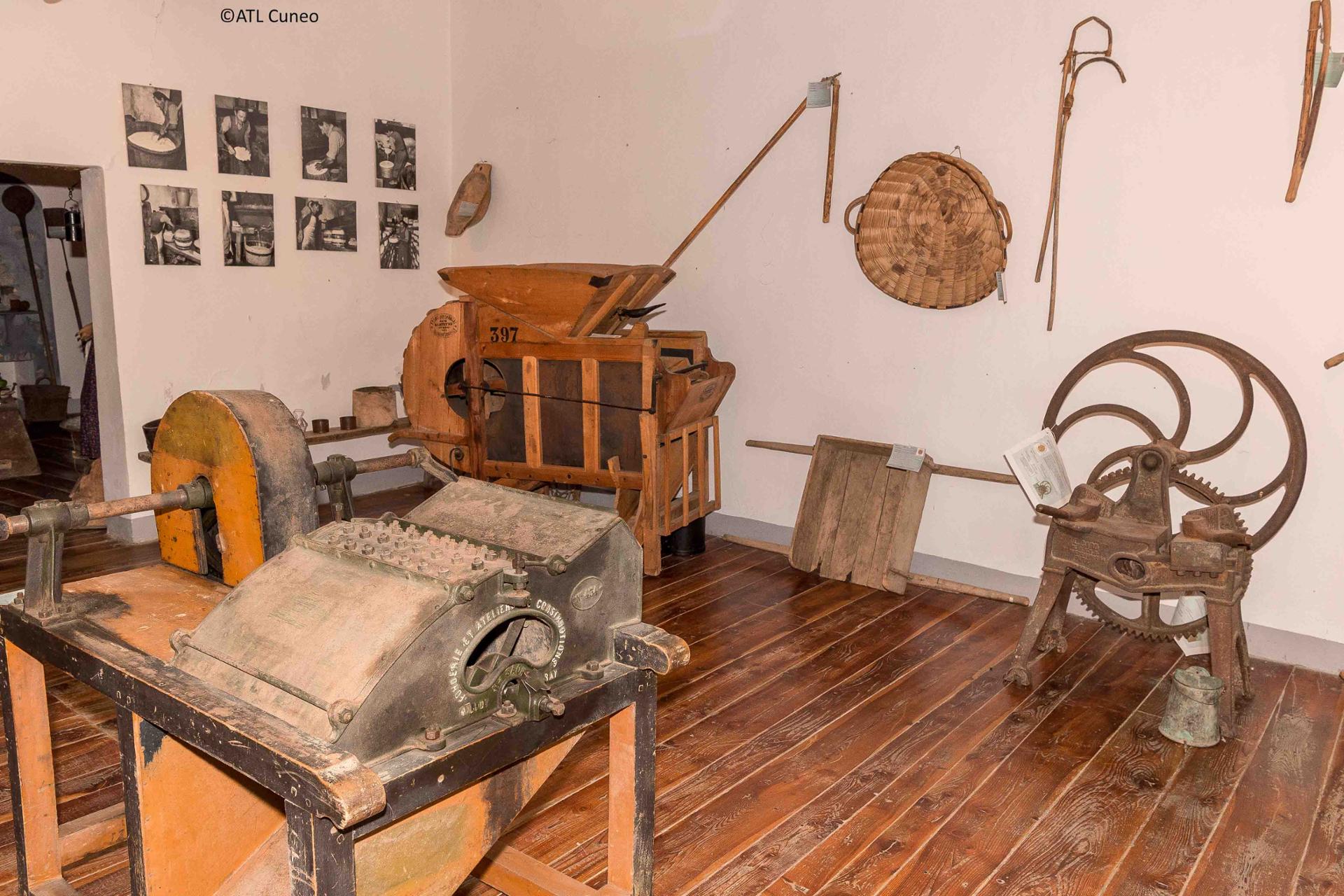
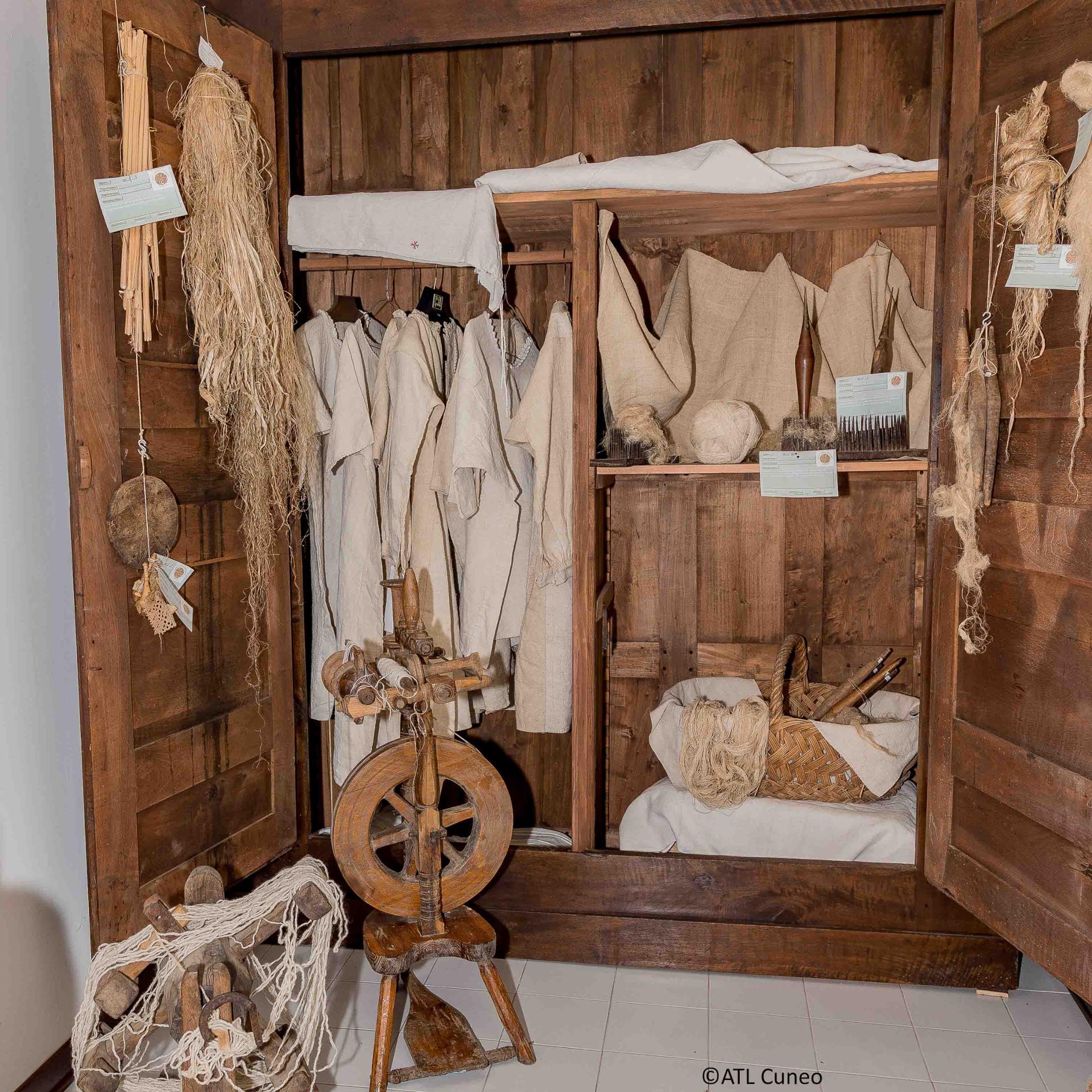






Discover
more

It welcomes visitors with its beautiful square featuring the Parrocchiale dei Santi Pietro e Paolo , a building erected in the 15th century and remodelled in the 19th. Its splayed portal in green stone is one of the finest examples of Saluzzese Romanesque style; inside, it houses one of the most interesting cycles of paintings by Tommaso and Matteo Biazaci, attributable to the decade from 1460 to 1470. The octagonal baptismal font in white marble, from the workshop of the Zabreri brothers, is outstanding.
The site where the town now stands has been inhabited since prehistoric times, but it is impossible to pinpoint the exact period in which the first settlements formed there: some traces exist, and these point to the Roman era, but the first written documents date it to around the year 1000. The town followed the destiny of the Marquisate of Saluzzo until it passed to the House of Savoy in 1601. It had several feudal lords, including Gerolamo Vacca and the Marquis of Luserna (1622).
The centre is the starting point for many excursions and ascents, including one to the Lobbie di Viso (3,015 m.). The chairlift, divided into two sections, is open in winter and in summer, and it leads to the magnificent Sant'Anna valley. The artificial lake is a favourite with fishing fans. And in fact, many other summer sports can be practised in Sampeyre too: hiking, mountain biking, cycling, horse riding. In winter, sports enthusiasts can indulge in downhill skiing, ski mountaineering, snowshoeing and ice skating.
There are many opportunities for families, such as the botanical trail departing from the hamlet of Graziani, the 40-metre long Tibetan bridge in Becetto, and the giant bench by Chris Bangle in the hamlet of Rore, which occupies a special panoramic viewpoint overlooking the entire valley.
The Museo Storico Etnografico of the municipality hosts a permanent exhibition of ancient objects, but it is above all a centre of cultural promotion, a place for learning about and comparing its exhibits with those of the present day. Rore and Becetto are very active centres in the fields of culture and tourism. Here, the Cianto Viol takes place every year on the last Sunday of August, a walk along the trails with traditional songs and dances that last all day.
Every five years in February the community commemorates the expulsion of the Saracens with a popular festival, the Baìo, featuring a mixture of history and legend. A one-of-a-kind re-enactment, featuring a parade of costumed characters playing traditional roles. The women of the community, traditionally forbidden to participate in the parade, have the task of making up the colourful costumes.
CUNEO ALPS: YOUR PERFECT HOLIDAY. VARAITA VALLEY
esempi di as xml: xml serveResource con templateId (chiave)
esempi di as json: json serveResource con templateId (chiave)
esempi di as json e siteId: json serveResource con siteid
en_US
What
to do
en_US
Experiences
No result found
en_US
Where
sleeping
en_US
Offers
en_US
Info





